 Cloud computing is growing rapidly and has started to dominate many parts of the IT market. Cloud revenues are rising at around 25% per year and, according to Jeremy Duke of Synergy Research Group:
Cloud computing is growing rapidly and has started to dominate many parts of the IT market. Cloud revenues are rising at around 25% per year and, according to Jeremy Duke of Synergy Research Group:
“Major barriers to cloud adoption are now almost a thing of the past, especially on the public-cloud side. Cloud technologies are now generating massive revenues for technology vendors and cloud service providers, and yet there are still many years of strong growth ahead.”
The market leader in cloud services (as opposed to cloud hardware) is Amazon Web Services (AWS), a subsidiary of Amazon. At the end of 2016, it had a market share of around 40%, larger than the next three competitors (Microsoft, Google and IBM), combined. AWS originated cloud computing some 10 years ago. It is set to have generated revenue of $13 billion in 2016.
The cloud computing services market is an oligopoly, with a significant market leader, AWS. But is the competition from other players in the market, including IT giants, such as Google, Microsoft, IBM and Oracle, enough to guarantee that the market stays competitive and that prices will fall as technology improves and costs fall?
Certainly all the major players are investing heavily in new services, better infrastructure and marketing. And they are already established suppliers in other sectors of the IT market. Microsoft and Google, in particular, are strong contenders to AWS. Nevertheless, as the first article states:
Neither Google nor Microsoft have an easy task since AWS will continue to be an innovation machine with a widely recognized brand among the all-important developer community. Both Amazon’s major competitors have an opportunity to solidify themselves as strong alternatives in what is turning into a public cloud oligopoly.
Articles
While Amazon dominates cloud infrastructure, an oligopoly is emerging. Which will buyers bet on? diginomica, Kurt Marko (16/2/17)
Study: AWS has 45% share of public cloud infrastructure market — more than Microsoft, Google, IBM combined GeekWire, Dan Richman (31/10/16)
Cloud computing revenues jumped 25% in 2016, with strong growth ahead, researcher says GeekWire, Dan Richman (4/1/17)
Data
Press releases Synergy Research Group
Questions
- Distinguish the different segments of the cloud computing market.
- What competitive advantages does AWS have over its major rivals?
- What specific advantages does Microsoft have in the cloud computing market?
- Is the amount of competition in the cloud computing market enough to prevent the firms from charging excessive prices to their customers? How might you assess what is ‘excessive’?
- What barriers to entry are there in the cloud computing market? Should they be a worry for competition authorities?
- Are the any network economies in cloud computing? What might they be?
- Cloud computing is a rapidly developing industry (for example, the relatively recent development of cloud containers). How does the speed of development impact on competition?
- How would market saturation affect competition and the behaviour of the major players?
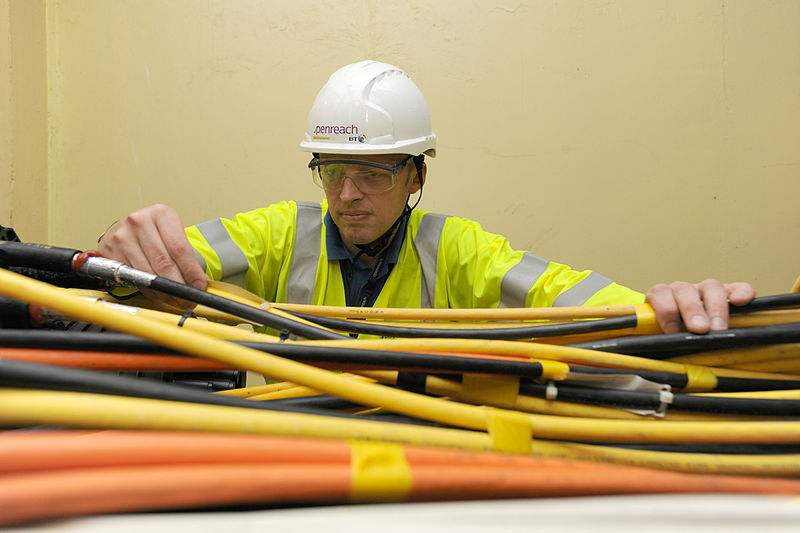 Concerns have been expressed about the UK’s relatively poor record of upgrading broadband services so that households can receive ultrafast connectivity. Some commenters have argued that future economic growth prospects will be harmed if the UK continues to lag behind its leading rivals.
Concerns have been expressed about the UK’s relatively poor record of upgrading broadband services so that households can receive ultrafast connectivity. Some commenters have argued that future economic growth prospects will be harmed if the UK continues to lag behind its leading rivals.
Much of the fixed line system that allows people to connect to broadband was originally installed many years ago for the land-line telephone network. The so called ‘final mile’ consists of copper-based wiring that is carried from street cabinets to the premises of the end-user. This wiring is transported via a huge network of telegraph poles and cable ducts (small underground tunnels).
In order for people to gain connectivity to ultrafast broadband this copper based wiring needs to be replaced by fibre optic cables. This is commonly referred to as Fibre to the Premises (FTTP). Unfortunately, the UK has a relatively poor record of installing FTTP. Japan and Korea were forecast to have 70% and 63% coverage by the end of 2015 as opposed to just 2% in the UK.
Why is the UK’s record so poor? Many observers blame it on the structure of the industry. In other network industries, such as those for gas pipeline and electricity grids, the business responsible for managing the infrastructure, National Grid, is a regulated monopoly. This company does not directly supply services to consumers using the network it is responsible for maintaining. Instead, customers are supplied by the retail sector of the industry, where firms compete for their business. This sector includes the so-called ‘big six’ (British Gas; npower; SSE; Scottish Power; EDF; E.On) and a number of smaller suppliers such as Ovo Energy and Ebico.
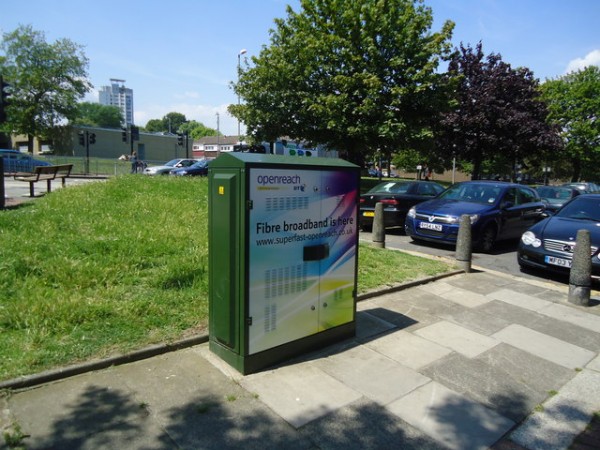
The structure of the fixed line telecommunications sector is very different. The company that manages the ‘final mile’, Openreach, is a subsidiary of BT. BT also competes with other Internet Service Providers (ISPs), such as TalkTalk and Sky, to supply broadband to customers using this network. Its market share of 32 per cent makes it the largest player in the broadband market. Sky and TalkTalk have market shares of 22 per cent and 14 per cent respectively. Virgin Media also supplies 20 per cent of this market using its own network of ducts and cables.
Given that in most cases ISPs such as Sky and TalkTalk are stuck with the network Openreach provides, BT may have limited incentives to invest. It can still earn a good return from its infrastructure of copper-based wiring and avoid installing expensive FTTP. Dido Harding, the chief executive of TalkTalk, argued that:
“We need to separate Openreach from the rest of BT to create a more competitive, pro-investment market”
Ofcom, in its recent review of the market, has taken a different approach. Rather than creating an entirely separate monopoly business to manage the network (i.e. splitting Openreach from BT), the regulator instead opted for a policy of encouraging competition between different suppliers that deploy fibre optic cables. It states in the report that:
“We believe competition between different networks is the best way to drive investment in high-quality, innovative services for customers.”
This competition could come from ISPs such as TalkTalk and Sky or other smaller network providers such as CityFibre and Gigaclear.
One major problem with this approach is that potential new entrants might be deterred from entering the market because of the very high initial costs involved in building a new network in order to deploy FTTP. In particular, the costs of digging up the roads and laying the ducts are considerable. Matt Yardley, author of a study on the industry, said:
“It is widely accepted that civil works such as digging trenches account for up to 80% of broadband deployment costs.”
One way of reducing these costs and encouraging more competition is to allow rival firms access to the existing ducts and poles that are currently managed by Openreach. Once access has been obtained, these firms could effectively rent space inside the ducts and lay fibre optic cables alongside the existing copper-based wiring. Vodafone reported that a similar policy in Spain had reduced its capital expenditure of building FTTP by 40 per cent compared with constructing its own network of ducts and poles.
Ofcom first introduced this type of policy in 2010 when it launched its Physical Infrastructure Access (PIA) initiative. Unfortunately it has proved to be relatively unsuccessful with very little demand for PIA from rival firms. The success of this type of policy will depend on a number of factors including (1) the prices charged by Openreach to access and rent space inside the ducts; (2) the simplicity of any relevant administration; and (3) the availability and reliability of information about the ducts. With this last point, key issues include:
|
|
| • |
Where they are located . |
| • |
How much space is available: i.e. is there enough space for firms to lay fibre optic cables alongside the existing wiring? |
| • |
What condition they are in: i.e. are they flooded or clogged up with sand and mud, which will involve expensive work to make them usable again?
|
Firms did complain about the pricing structures and bureaucratic nature of the administration process under the PIA scheme. However, their most significant concerns were about the uncertainty that was created by the lack of information about the ducts and poles. For example, analysts from the consultancy firm, Reburn, argued that if a firm contacted Openreach to try to obtain access to the network it was informed that:
“We don’t know what condition the ducts and poles are in. Please pay £10 000 for a survey. Also unfortunately we are rather busy and we can only start in six weeks.”
Matthew Hare, the chief executive of Gigaclear, argued that it was like going to a shop where the assistant says:
“Give me some money, and I’ll tell you whether you can have it or not.”
In response to these criticisms Ofcom has introduced a number of changes to PIA, which has been re-named Duct and Pole Access (DPA). In particular, it has imposed a new requirement on Openreach to create a database that provides information on the location, condition and capacity of its ducts and poles. The database must be made available to rival ISPs and network providers. DPA must also be provided on the same timescales, terms and conditions to all businesses including other parts of BT – this is referred to as ‘equivalence of inputs’.
The first big test of this policy is in Southend where City Fibre is hoping to deploy 50km of fibre optic cables using DPA. However, reports in the media have suggested that the initial surveys have found very limited capacity in some of the ducts, which would make DPA impossible.
It will be interesting to see how the trial in Southend progresses. If it is successful, then DPA may be viable for about 40 per cent of premises in the UK. If it fails, then Ofcom might ultimately have to force Openreach to be completely separated from BT.
Articles
How the gothic city of York became a broadband battleground The Telegraph, Kate Palmer (22/5/16)
City Fibre first to mount BT challenge after Openreach is told to share network The Telegraph, Kate Palmer (1/3/16)
Challenges as CityFibre Moot Using BT Cable Ducts in Southend-on-Sea ISPreview, Mark Jackson (2/5/16)
CityFibre to build pure fibre infrastructure for Southend Networking (5/4/16)
Ofcom tells BT to open up infrastructure to rivals The Guardian, Rob Davies (26/2/16)
Questions
- Draw an average total cost curve to illustrate the economics of building a network of ducts and poles. Label the minimum efficient scale.
- To what extent does DPA create a contestable market?
- For DPA to deliver productive efficiency, what must be true about the economies of scale of laying fibre optic cables?
- In the run-up to Ofcom’s review of the telecoms industry, many commentators described Openreach as being a natural monopoly. To what extent do you agree with this argument?
- What are the advantages of marginal cost pricing? What issues might a regulator face if it tried to impose marginal cost pricing on a natural monopoly?
- Using a diagram, explain how the network of ducts and poles might be a natural monopoly in rural areas but not in densely populated urban areas.
- Discuss how Ofcom has tried to increase the level of separation between Openreach and BT.
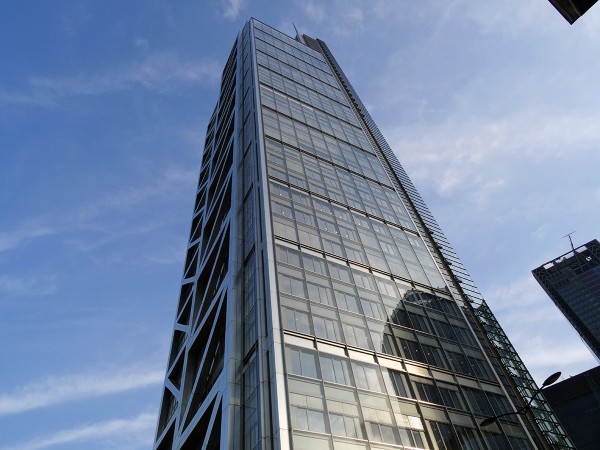 In the following article, Joseph Stiglitz argues that power rather than competition is a better starting point for analysing the working of capitalism. People’s rewards depend less on their marginal product than on their power over labour or capital (or lack of it).
In the following article, Joseph Stiglitz argues that power rather than competition is a better starting point for analysing the working of capitalism. People’s rewards depend less on their marginal product than on their power over labour or capital (or lack of it).
As inequality has widened and concerns about it have grown, the competitive school, viewing individual returns in terms of marginal product, has become increasingly unable to explain how the economy works.
Thus the huge bonuses, often of millions of pounds per year, paid to many CEOs and other senior executives, are more a reflection of their power to set their bonuses, rather than of their contribution to their firms’ profitability. And these excessive rewards are not competed away.
Stiglitz examines how changes in technology and economic structure have led to the increase in power. Firms are more able to erect barriers to entry; network economies give advantages to incumbents; many firms, such as banks, are able to lobby governments to protect their market position; and many governments allow powerful vested interests to remain unchecked in the mistaken belief that market forces will provide the brakes on the accumulation and abuse of power. Monopoly profits persist and there is too little competition to erode them. Inequality deepens.
According to Stiglitz, the rationale for laissez-faire disappears if markets are based on entrenched power and exploitation.
Article
Monopoly’s New Era Chazen Global Insights, Columbia Business School, Joseph Stiglitz (13/5/16)
Questions
- What are the barriers to entry that allow rewards for senior executives to grow more rapidly than median wages?
- What part have changes in technology played in the increase in inequality?
- How are the rewards to senior executives determined?
- Provide a critique of Stiglitz’ analysis from the perspective of a proponent of laissez-faire.
- If Stiglitz analysis is correct, what policy implications follow from it?
- How might markets which are currently dominated by big business be made more competitive?
- T0 what extent have the developments outlined by Stiglitz been helped or hindered by globalisation?
 When people think about healthcare in the UK they tend to associate it with the NHS. However, there is a £5 billion private healthcare market. Concerns have been expressed about the lack of effective competition in this sector and it has been investigated by the competition authorities over a 5-year period.
When people think about healthcare in the UK they tend to associate it with the NHS. However, there is a £5 billion private healthcare market. Concerns have been expressed about the lack of effective competition in this sector and it has been investigated by the competition authorities over a 5-year period.
Approximately 4 million people in the UK have a private medical insurance policy. The majority of these are paid for by employers, although some people pay directly. Four companies dominate the health insurance market (AXA PPP, Bupa, Pru Health and Aviva) with a combined market share of over 90%.
Health insurance companies purchase healthcare services for their policy holders from private hospitals. The majority of private hospitals in the UK are owned by the following businesses – BMI, HCA, Nuffield, Ramsey and Spire. Some concerns have been expressed about the lack of competition between private hospitals in some areas of the country.
After its initial analysis into the sector, the Office of Fair Trading (OFT) referred the case to the Competition Commission (CC) in April 2012 to carry out a full market investigation. This process was then taken over by the Competition and Markets Authority (CMA) when it replaced the OFT and CC. The final report was published on April 2nd 2014.
One specific region that was identified in this report as having a lack of effective competition was central London for patients with health insurance. In particular it was concluded that:
|
|
| • |
The market in central London was heavily concentrated and HCA had a dominant market position – its aggregated share of admissions across 16 specialities (e.g. Oncology, Cardiology, Neurology, Dermatology etc.) was 45% to 55%. |
| • |
There were significant barriers to entry including substantial sunk costs. A particular issue for a new entrant or existing business was the problem of securing suitable sites in central London to build new hospitals and in obtaining planning permission. It was pointed out in the report that the market structure in central London had changed very little in the previous 10 years despite a rapidly growing demand for private healthcare. |
| • |
HCA was charging insured patients higher prices for similar treatments than its leading rival – The London Clinic. HCA was also found to be making returns that were in excess of the cost of capital. |
One of the key recommendations of the report was that HCA should be forced to sell–off one or two of the hospitals that it owned in central London to increase the level of competition.
Unsurprisingly HCA was very unhappy with the decision and applied to the Competition Appeal Tribunal (CAT) for a review of the case. During this review, economists working for HCA found errors with the analysis carried out by the CMA into the pricing of health services for insured customers.

In January 2015 the CAT concluded that the findings and recommendations of the report on insured patients in central London should be overturned and the CMA should reconsider the case. In November 2015 the CMA announced that having reviewed the case it had come to a similar set of conclusions: i.e. there was a lack of effective competition and HCA should be forced to sell off two of its hospitals in London.
HCA still claimed that the pricing analysis was incorrect because it did not fully take into account that HCA treated patients with more complex conditions than TLC and that was why their prices were higher.
On March 22nd 2016 the CMA announced that it had reversed its ruling and HCA would no longer be expected to sell off any of its hospitals. The reason given for this change in recommendation was the appearance of new entrants into the market. For example, Cleveland Clinic a US-based private healthcare provider has purchased a long-term lease on a property in Belgravia, central London. It plans to convert the office space into a private hospital with 2015 beds.
A spokesperson for Bupa commented that:
“The CMA has confirmed again that there isn’t enough competition in central London, with HCA dominating the private hospital market and charging higher prices. We ask the CMA to act now to address this gap.”
It will be interesting to see the impact these new entrants have on the market in the future.
Articles
London develops as a global healthcare hub Financial Times Gill Plimmer (31/01/16)
Competition watchdog reverses ruling on private hospitals Financial Times Gill Plimmer, (22/03/16)
CMA’s private healthcare provisional decision on remedies CMA 22/03/16
Competition problems provisionally found in private healthcare CMA 10/11/15
CMA welcomes Court of Appeal verdict in private healthcare case CMA 21/05/15
Questions
- Define sunk costs using some real-world examples.
- Why might the existence of sunk costs create a barrier to entry?
- Draw a diagram to illustrate why a profit-maximising business with significant market power might charge higher prices than one in a very competitive environment.
- What is the cost of capital? Explain why returns that are greater than the cost of capital might be evidence that a firm is making excessive profits.
- Draw a diagram to illustrate the impact of new entrants in a market.
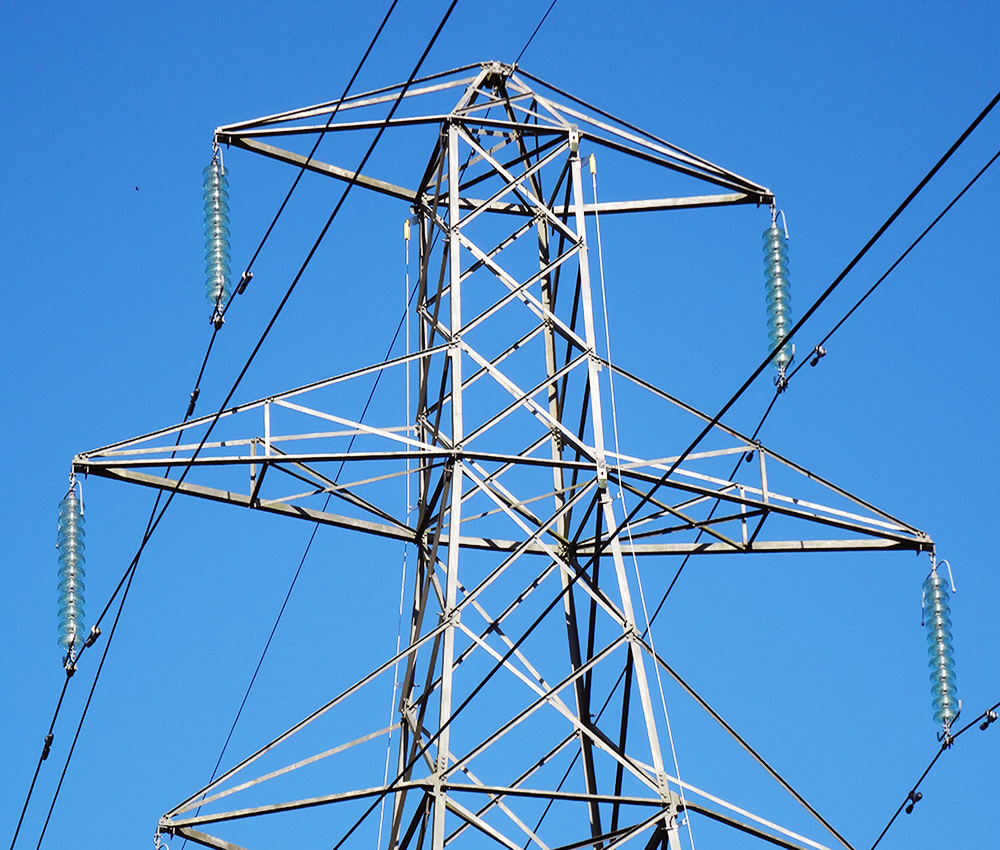 In June 2014, the Gas and Electricity Markets Authority (which governs the energy regulator, Ofgem) referred Great Britain’s retail and wholesale gas and electricity markets to the Competition and Markets Authority (CMA). The market is dominated by the ‘big six‘ energy companies (British Gas, EDF, E.ON, npower, Scottish Power and SSE) and Ofgem suspected that this oligopoly was distorting competition and leading to higher prices.
In June 2014, the Gas and Electricity Markets Authority (which governs the energy regulator, Ofgem) referred Great Britain’s retail and wholesale gas and electricity markets to the Competition and Markets Authority (CMA). The market is dominated by the ‘big six‘ energy companies (British Gas, EDF, E.ON, npower, Scottish Power and SSE) and Ofgem suspected that this oligopoly was distorting competition and leading to higher prices.
The CMA presented its report on 10 March 2016. It confirmed its preliminary findings of July and December 2015 “that there are features of the markets for the supply of energy in Great Britain that result in an adverse effect on competition”. It concludes that “the average customer could save over £300 by switching to a cheaper deal” and that “customers could have been paying about £1.7 billion a year more than they would in a competitive market”.
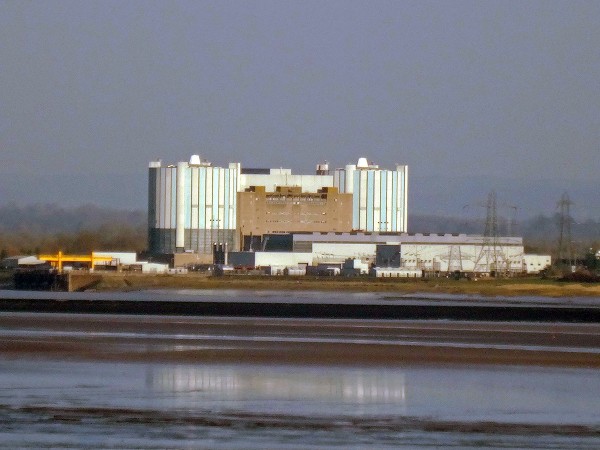 It made various recommendations to address the problem. These include “requiring the largest suppliers to provide fuller information on their financial performance” and strengthening the role of Ofgem.
It made various recommendations to address the problem. These include “requiring the largest suppliers to provide fuller information on their financial performance” and strengthening the role of Ofgem.
Also the CMA wants to encourage more people to switch to cheaper suppliers. At present, some 70% of the customers of the big six are on default standard variable tariffs, which are more expensive than other tariffs available. To address this problem, the CMA proposes the setting up of “an Ofgem-controlled database which will allow rival suppliers to contact domestic and microbusiness customers who have been stuck on their supplier’s default tariff for 3 years or more with better deals.”
Another area of concern for the CMA is the 4 million people (16% of customers) forced to have pre-payment meters. These tend to be customers with poor credit records, who also tend to be on low incomes. Such customers are paying more for their gas and electricity and yet have little opportunity to switch to cheaper alternatives. 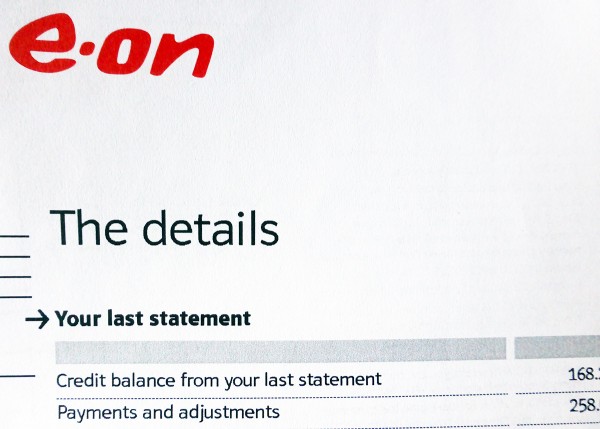 For these customers the CMA proposed imposing transitional price controls from no later than April 2017 until 2020. These would cut typical bills by some £80 to £90 per year. In the meantime, the CMA would seek to remove “restrictions on the ability of new suppliers to compete for prepayment customers and reduce barriers such as debt issues that make it difficult for such customers to switch”.
For these customers the CMA proposed imposing transitional price controls from no later than April 2017 until 2020. These would cut typical bills by some £80 to £90 per year. In the meantime, the CMA would seek to remove “restrictions on the ability of new suppliers to compete for prepayment customers and reduce barriers such as debt issues that make it difficult for such customers to switch”.
Despite trying to address the problem of lack of competition, consumer inertia and barriers to entry, the CMA has been criticised for not going further. It has also been criticised for the method it has chosen to help consumers switch to cheaper alternative suppliers and tariffs. The articles below look at these criticisms.
Podcast
 Competition and Markets Authority Energy Report BBC You and Yours (10/3/16)
Competition and Markets Authority Energy Report BBC You and Yours (10/3/16)
Articles
Millions could see cut in energy bills BBC News (10/3/16)
Shake-up of energy market could save customers millions, watchdog says The Telegraph, Jillian Ambrose (10/3/16)
UK watchdog divided over energy market reforms Financial Times, Kiran Stacey (10/3/16)
How the CMA energy inquiry affects you Which? (10/3/16)
UK watchdog accused of bowing to pressure from ‘big six’ energy suppliers The Guardian, Terry Macalister (10/3/16)
CMA documents
CMA sets out energy market changes CMA press release (10/3/16)
Energy Market Investigation: Summary of provisional remedies Competition and Markets Authority (10/3/16)
Questions
- Find out the market share of the ‘big six’ and whether this has changed over the past few years.
- What, if any, are the barriers to entry in the gas and electricity retail markets?
- Why are the big six able to charge customers some £300 per household more than would be the case if they were on the cheapest deal?
- What criticisms have been made of the CMA’s proposals?
- Discuss alternative proposals to those of the CMA for dealing with the problem of excessive prices of gas and electricity.
- Should Ofgem or another independent not-for-profit body be allowed to run its own price comparison and switching service? Would this be better than the CMA’s proposal for allowing competitors access to people’s energy usage after 3 years of being with the same company on its standard tariff and allowing them to contact these people?
 Cloud computing is growing rapidly and has started to dominate many parts of the IT market. Cloud revenues are rising at around 25% per year and, according to Jeremy Duke of Synergy Research Group:
Cloud computing is growing rapidly and has started to dominate many parts of the IT market. Cloud revenues are rising at around 25% per year and, according to Jeremy Duke of Synergy Research Group:







